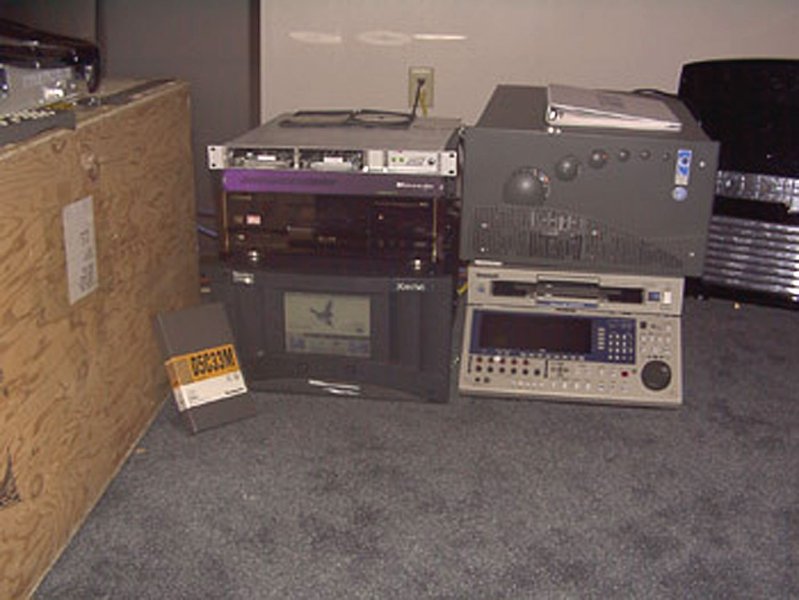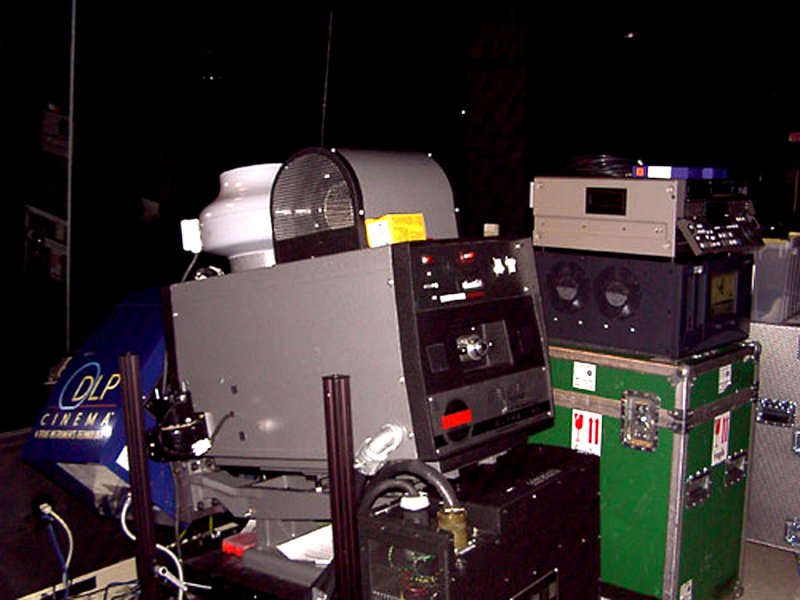I had a discussion today with someone who really knows HDR.. One thing for sure, HDR is not a standard because each DP gets to pick the nits. Fail..
Also i discovered something interesting today.. So I need to confirm this.. The story goes that back before HDR existed, Dolby was trying to sell Dolby Vision to people from film industry people to consumer mfgrs and no one wanted to pay the steep licensing. Dolby then came out with a free to use system, HDR. I have to think, if this is true, Dolby knew exactly what they were doing and wouldn't mind at all if HDR failed and eventually everyone had to go to Dolby to save them with Vision...
If thats the case... Jeeze... I suppose its legal, but, thats just nasty..



